Jewelry 101: Settings
When creating custom wedding rings or a handmade engagement ring, you’ll first determine stone type, size, shape and color before moving on to how the stone(s) will be set. You may not have thought about it before, but in every single piece of gemstone jewelry you own, the stones have been set in one way or another. The band, architecture and structural integrity of the design have been carefully thought about, planned and modeled to insure a design that is both aesthetically pleasing, as well as structurally sound.
So how does a piece of unique custom jewelry get designed anyway? How does something go from an idea or a design to a reality and what are the steps involved in getting it there? In this post, we’ll delve into ring design specifically, as it’s among the more complicated and complex of jewelry designs.
Let’s start with the center stone. There are a few options here, you can go the solitaire route (one single stone set on a band) or if you want a more complicated design, you’ll most likely want to include some accent stones and / or melee (teensy, tiny diamonds, most frequently used in halos and bands). How the center stone is set will determine the inclusion and design of additional stones. Your two main options for setting type here are a prong setting vs. a bezel setting.
PRONG SETTING
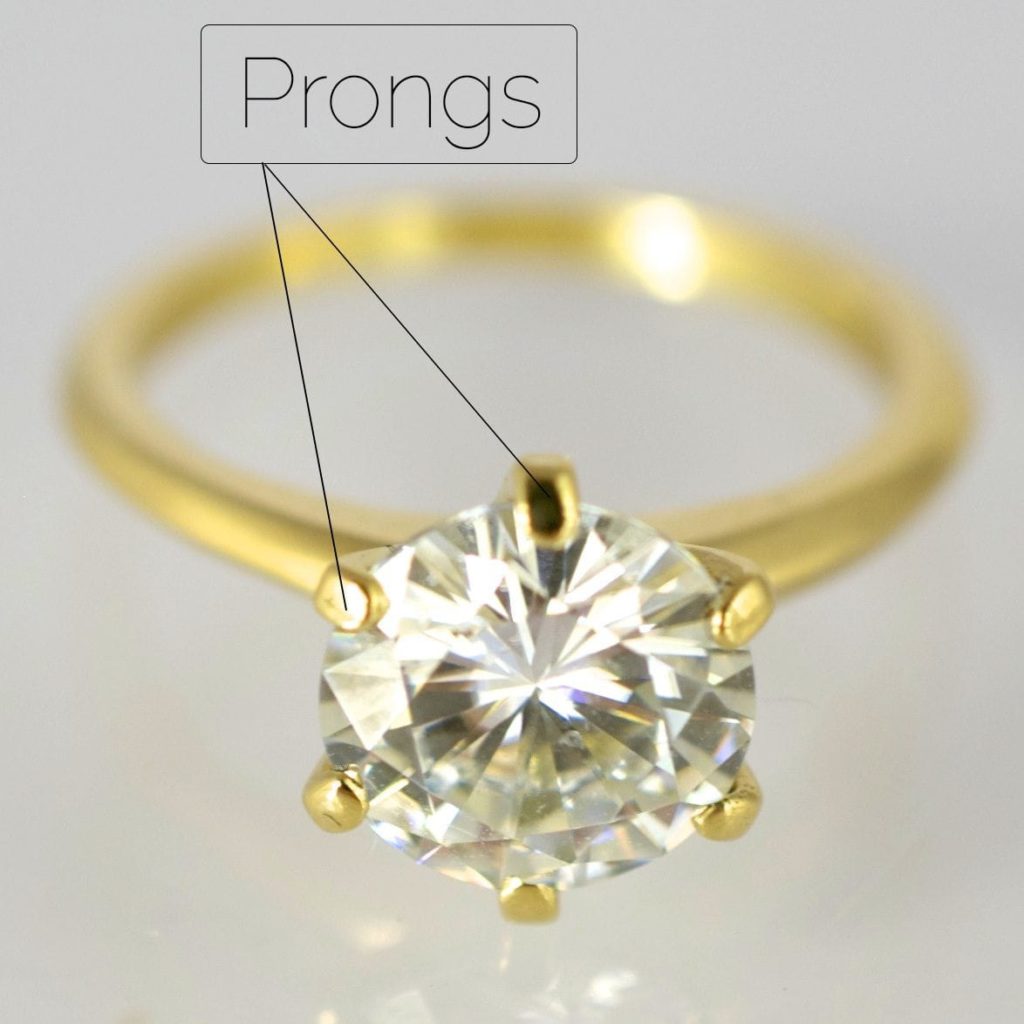 Imagine prongs like the prongs of a fork, tiny little arms of metal that extend up, around and over the stone, holding the stone into place. Prongs are placed strategically around the stone to insure security of the stone, while allowing access of light to enhance sparkle.
Imagine prongs like the prongs of a fork, tiny little arms of metal that extend up, around and over the stone, holding the stone into place. Prongs are placed strategically around the stone to insure security of the stone, while allowing access of light to enhance sparkle.
BEZEL SETTING
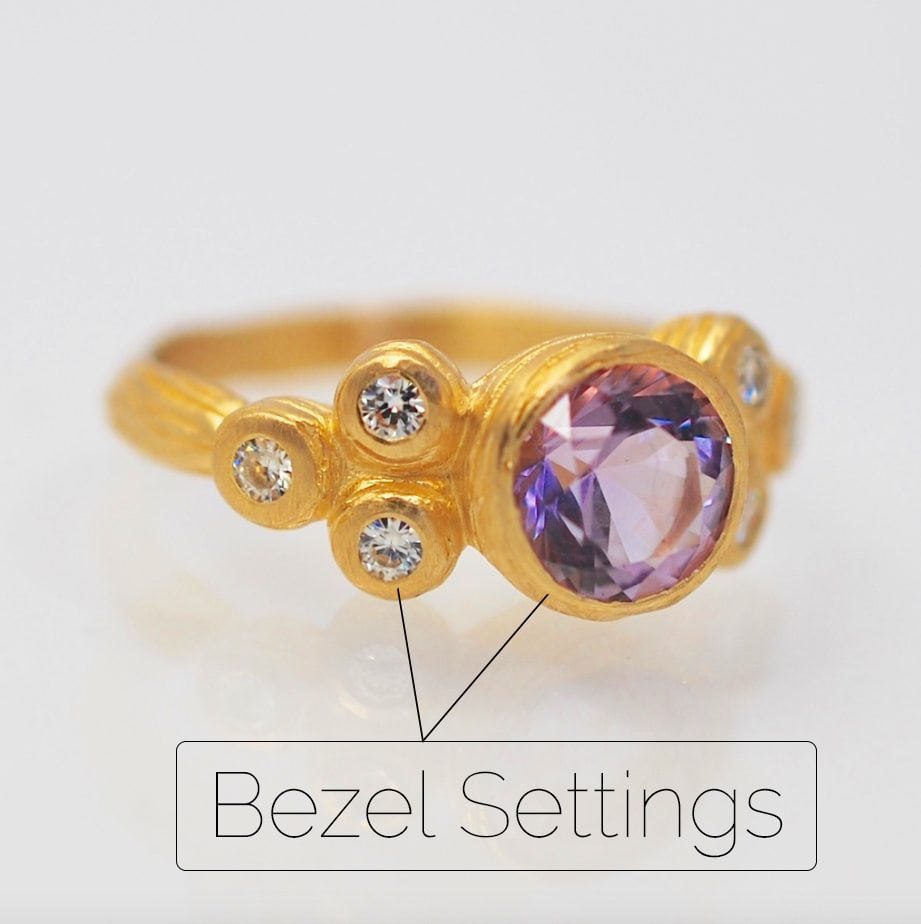
A bezel, alternatively, is a thin sheet of metal wrapped around the edge of the stone to fully encase it. Some bezels are form fit, taking on the curvature of the bottom of the stone, while others extend straight down toward the finger. Bezel settings have the added bonus of increased security as far as the safety of your stone goes. However, depending on the cut, color and type of your stone it may dull some of the stone’s brilliance and sparkle.
SHARED PRONG SETTING
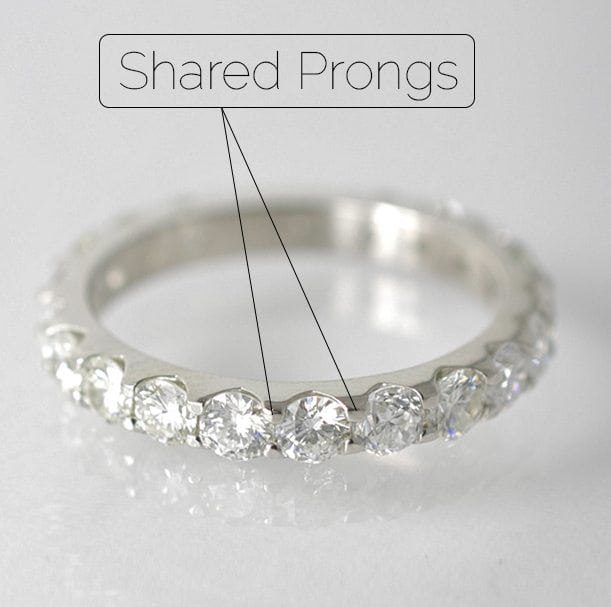
A shared prong setting consists of a series of prongs, each of which functions by securing more than one stone. The prong is essentially “shared” by 2 stones.
PAVE SETTING

You may have heard the term “pave” floating around, but what does that really mean? You may be wondering, is pave a type of diamond? Answer: no, pave is a type of setting, most frequently utilized for diamond melee. Pave is a technique in which a series of small stones are set together to create a “sea of stones” through a series of shared prongs.
FLUSH SETTING
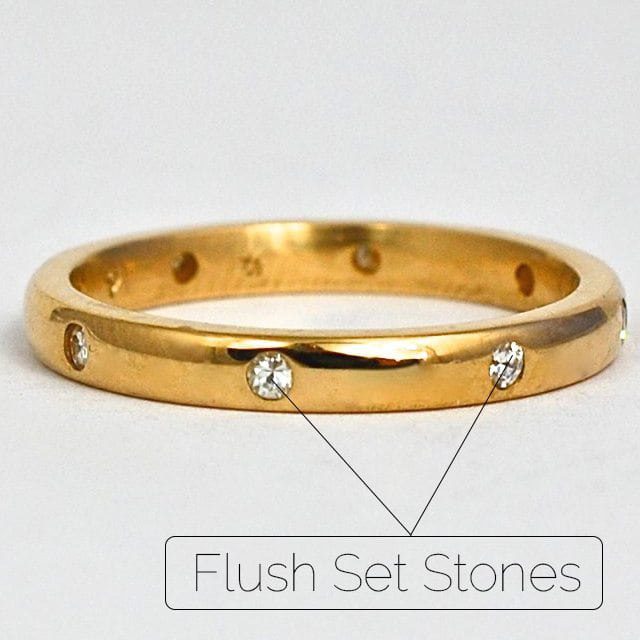
If you’re more into the look of metal than stones, you’ll most likely be pleased with the look of flush settings. A flush set stone is a stone set into a piece of metal so that the surface of the stone is flush with the surrounding metal, hence the term “flush setting”.
When determining a setting for your center stone, you’ll want to consider the size, shape and type of your center stone. If you want a larger center stone, but can’t afford it, consider ampliying the sparkle factor with a halo of melee diamonds. By incorporating a halo into your ring design, you can up the sparkle factor, while giving the illusion of a larger center stone.

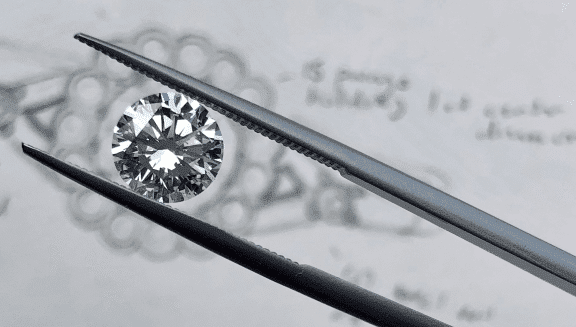
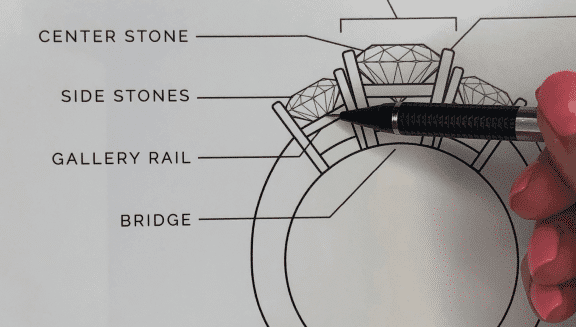

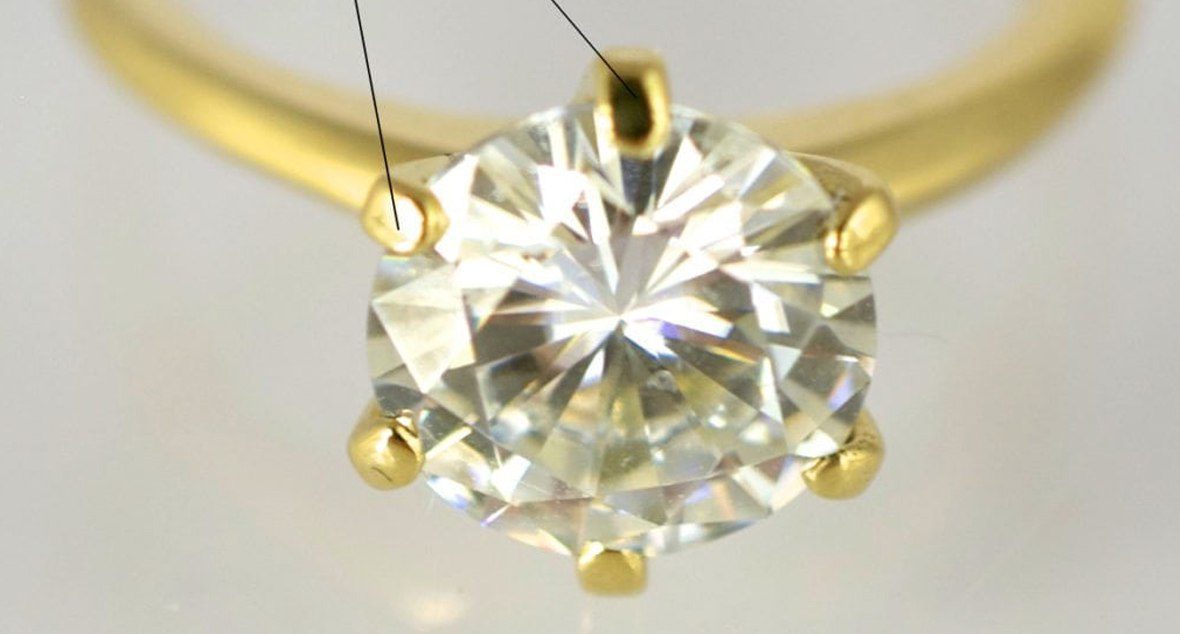

Comments